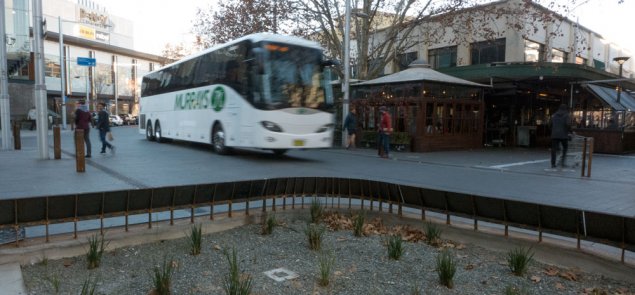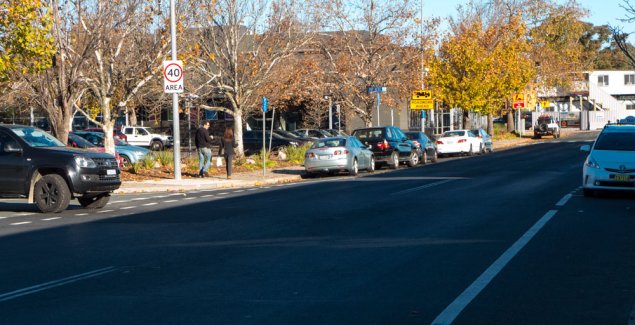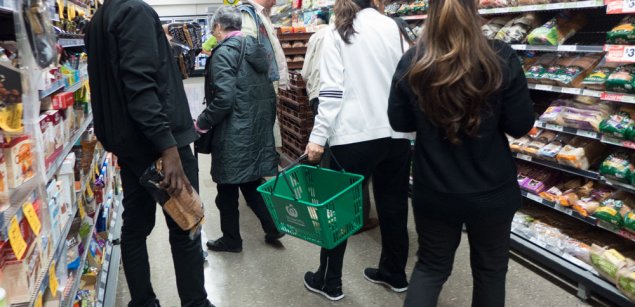
There’s a 1989 song by Pere Ubu, Flat, that has the following lyrics, “In the early part of the 20th Century, Deep inside the American wilderness, In the state of Kansas – 82,000 square miles of flat -There were two automobile cars. On July 5th 1904 they ran into each other”.
Then there’s the story of the police launch on Lake Burley Griffin, somewhere around the 1970s-80s, that went for a cruise early one morning and managed to run over a lone kayaker*. They did not see each other coming.
The point I am making is that no matter how careful we are in our day-to-day lives, it seems that every now and then we bump into one another. And hopefully that’s all it is – a bump. Of course at times this can be far more serious.
Putting aside all the stupid things that people are capable of, it remains very difficult for anyone in authority to establish the sort of circumstances that will guarantee mistakes will not happen and that someone will not bump into someone else.
However it is remarkable just how adaptable people can be when left to themselves to sort out how to avoid each other. I am always amazed that at traffic lights that two crowds of people on a pedestrian crossing can walk straight at each other and still everyone manages to avoid each other.
The best example of this is when the lights at an intersection open up the whole intersection for pedestrians to cross in all directions simultaneously. This can be amazing to watch at very busy metropolitan intersections. Everyone survives the experience by working out how to avoid one another even though they come from many directions.
But – put people in cars into the mix and it does not work out so well.
I have observed shared spaces in several cities and have come to the conclusion, that despite governments’ best efforts, the full sharing of these spaces has a long way to go to being fully accepted by participants.
 Most recently I visited Auckland for a couple of weeks and had the opportunity to often sit in a café on a shared laneway – whereby cars and pedestrians were supposed to share the space equally. It was not working. Cars still demanded that people were to step aside to allow the vehicle through.
Most recently I visited Auckland for a couple of weeks and had the opportunity to often sit in a café on a shared laneway – whereby cars and pedestrians were supposed to share the space equally. It was not working. Cars still demanded that people were to step aside to allow the vehicle through.
The same applies to the shareway in Civic. It works – sort of – most of the time but still requires a brave soul to step out and demand equality of the space with a vehicle – especially if the vehicle is a bus or delivery truck.

I like very much the compromise whereby several precincts around Canberra now have 40 kph zones. It was supposed to slow the traffic to take account of the more frequent use of the spaces by pedestrians. Sadly it does not quite work. The culture of many drivers remains the same in that they are the ones who have top priority. Many drivers still rush along these 40 kph streets and laneways at speeds far too dangerous for pedestrians.

Despite these early set backs, 40 kph areas should be extended into more areas. We need to make more positive efforts to reverse the priority put on vehicles in built up areas.
For these shared spaces and reduced speed areas to work there needs to be a rethink of the placement of road signage. There also needs to be more special markings on the streets to remind drivers to slow down and to encourage their sharing of the spaces with pedestrians.
People can learn to not bump into each. It is definitely worth the effort.
Then there are ever-shrinking supermarket aisles and how difficult the supermarkets make it for people in this shared space – but that’s another story for another day!

* I remember this story (police hit kayak) from the late 70s or soon after. But I could not find any record of this online. Does anyone have further information on this event?
Here’s a link to the Pere Ubu song mentioned above – click here.